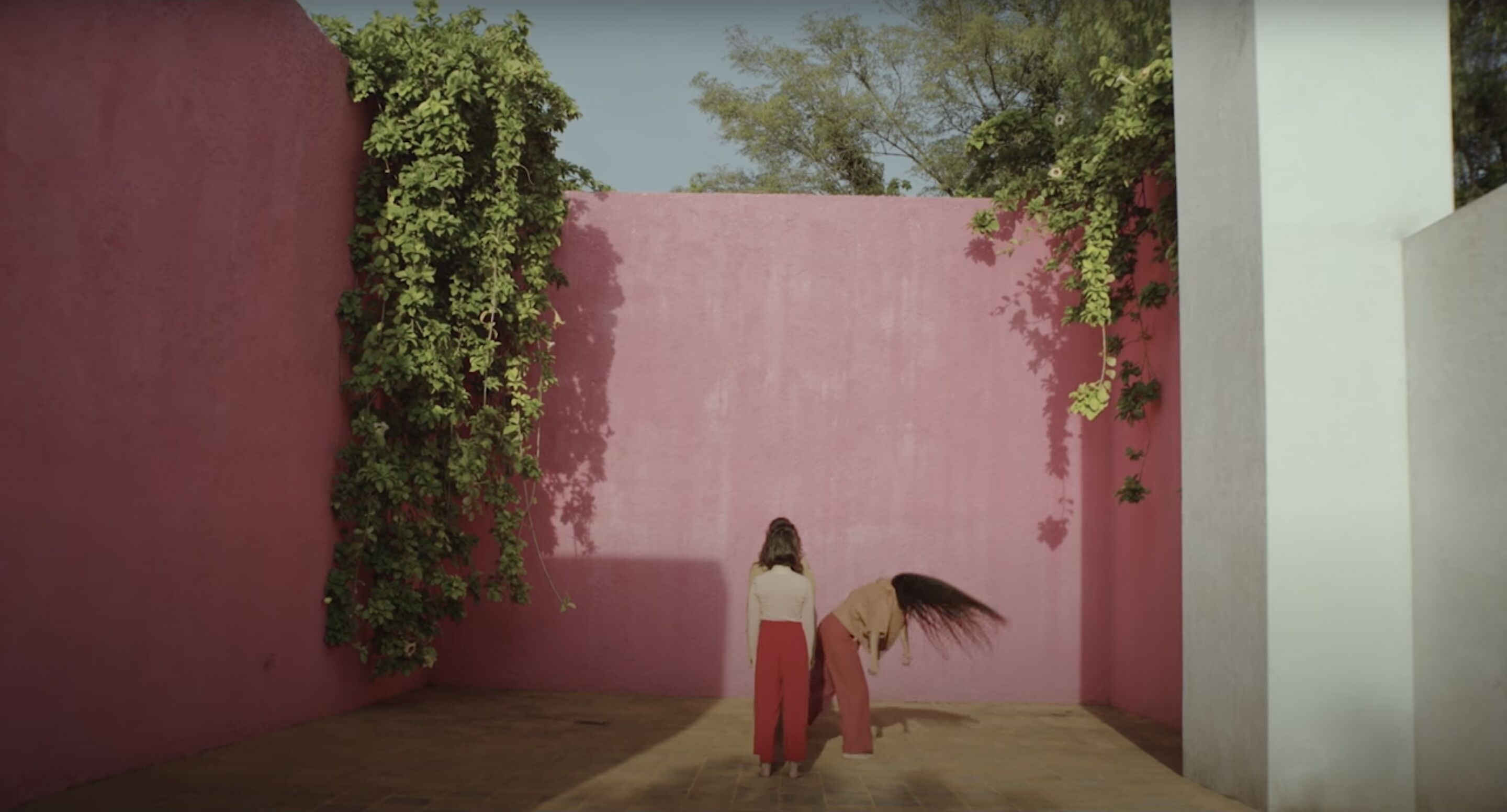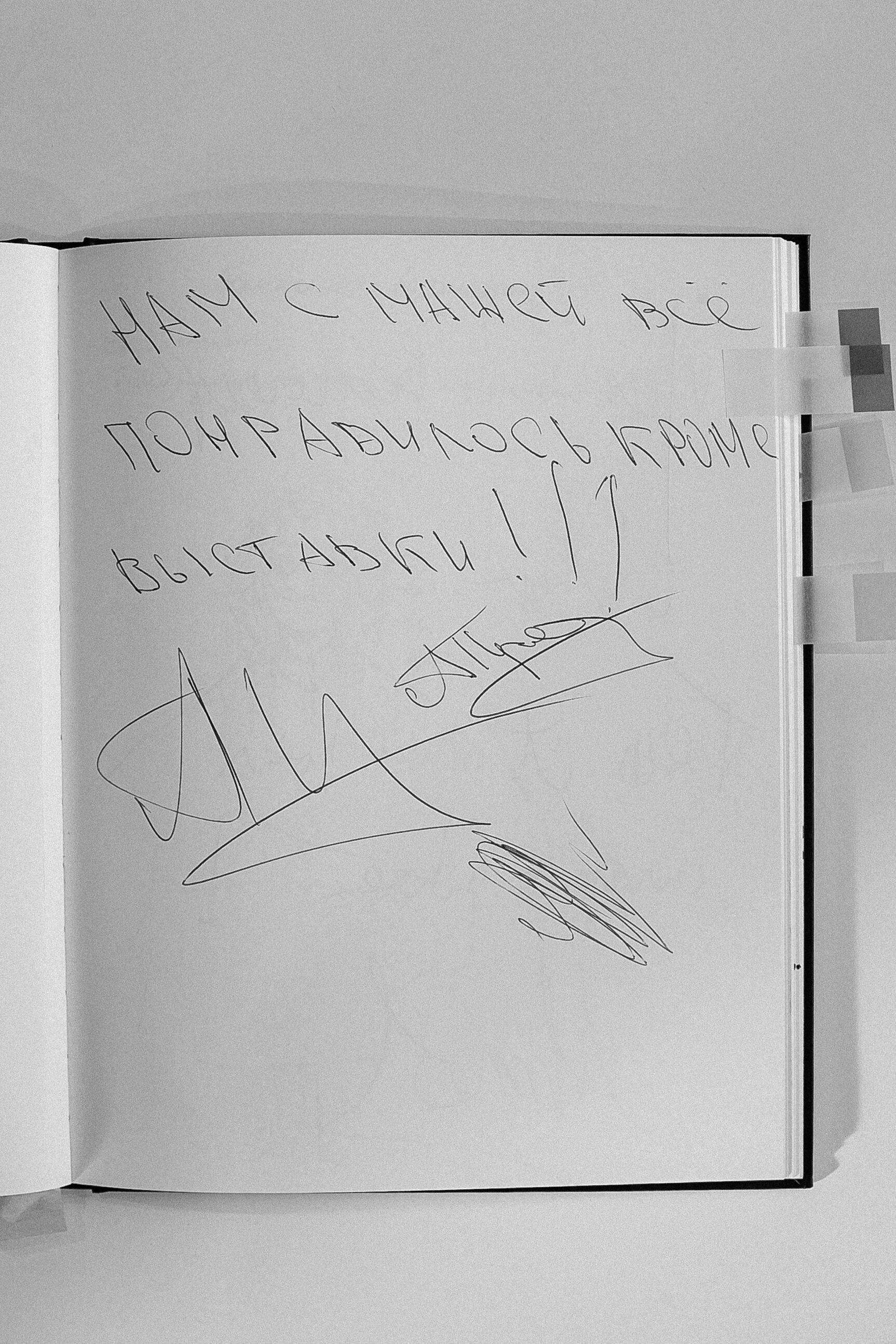Articles by keyword "participation"
The article focuses on site-specific dance and performance on historic sites and in museums linked to heritage, as well as on the aspects which such dance and performance work with: memory, commemoration, interpretation, architectural value, etc. The question addressed here is how dance is used to work with heritage and how heritage is used to create dance.
Can one consider the contemporary museum to be purely a space for the preservation, protection, and transmission of cultural heritage? What role do visitors play within the museum? How is the transmission of the heritage possible in the context of a constant reproduction by the museum of the distance between the ‘masterpieces’ and the public? This visual essay analyzes the relationships between the museum and its visitors. Their inclusion in the museum process—or exclusion from it—is demonstrated by means of visitor books of Garage Museum of Contemporary Art.




